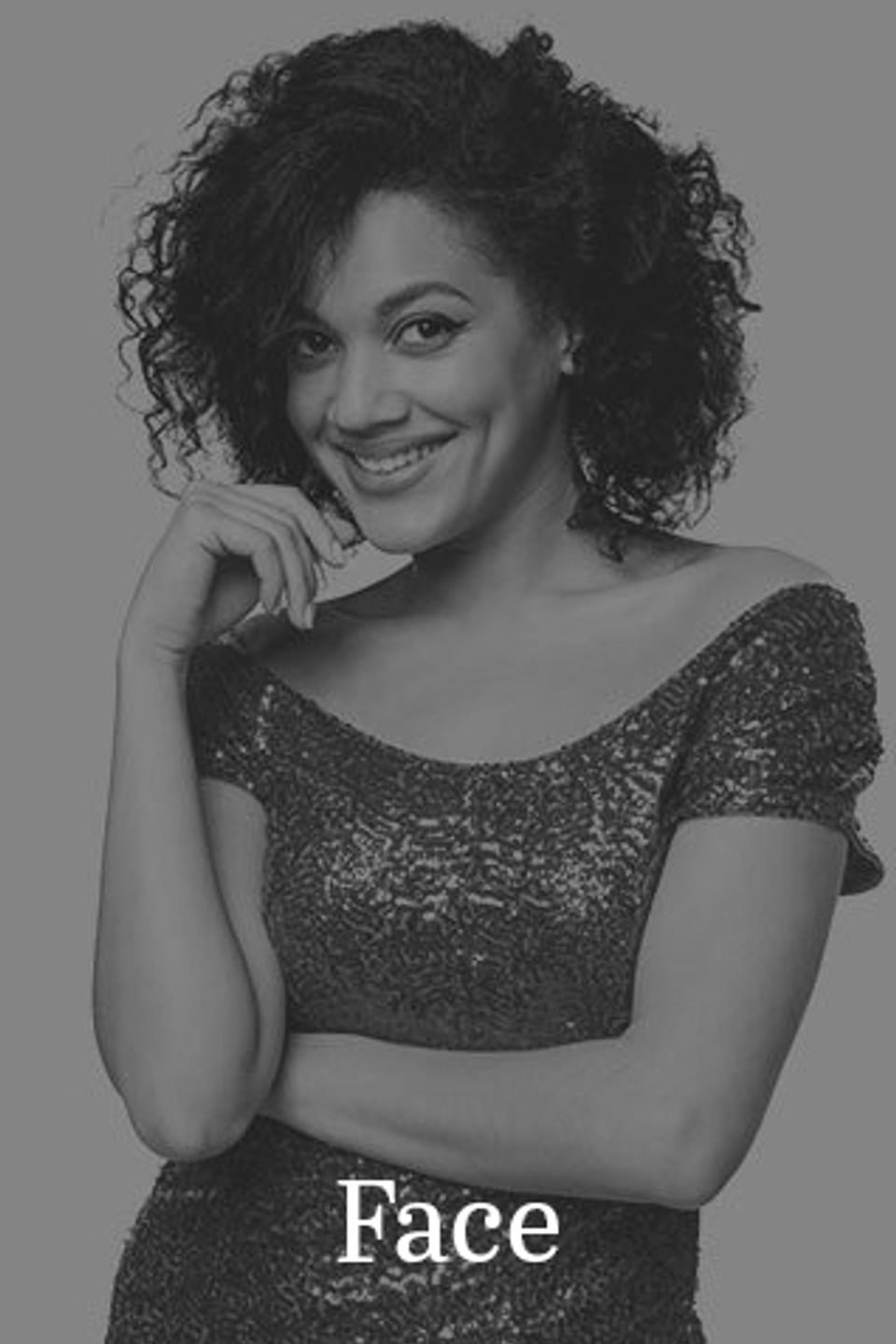Gainesville Facelift Recovery
After the procedure, every patient receives instructions on how to care for the incisions, skin, and self during recovery.
Bandages are used around the face and head to help reduce bruising and swelling, and a drainage tube may be placed behind the ear. Numbness, skin discoloration, and swelling may occur in the first two weeks after a facelift. Swelling peaks between 48 and 72 hours after surgery.
Most patients are able to return to work and basic activities within two weeks. However, patients who have additional procedures done at the same time may experience a longer surgery time and recovery period.











